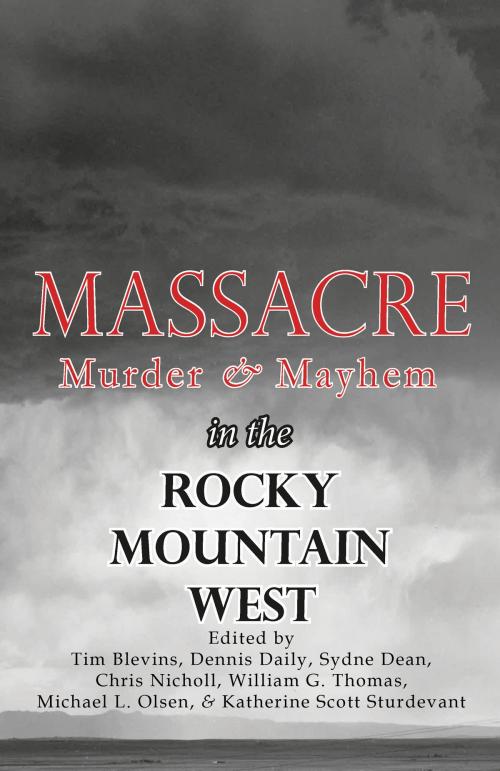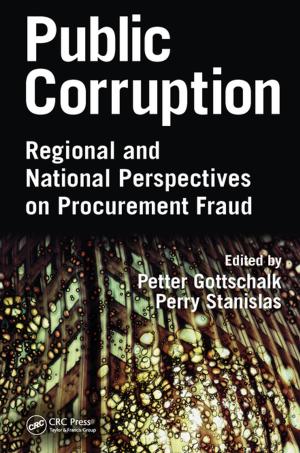Massacre, Murder, and Mayhem in the Rocky Mountain West
Nonfiction, History, Americas, United States, State & Local, Reference & Language, Law, Criminal law| Author: | Tim Blevins, Dennis Daily, Sydne Dean, Chris Nicholl, William G. Thomas, Michael L. Olsen, Katherine Scott Sturdevant | ISBN: | 9781567353167 |
| Publisher: | Pikes Peak Library District | Publication: | November 17, 2016 |
| Imprint: | Smashwords Edition | Language: | English |
| Author: | Tim Blevins, Dennis Daily, Sydne Dean, Chris Nicholl, William G. Thomas, Michael L. Olsen, Katherine Scott Sturdevant |
| ISBN: | 9781567353167 |
| Publisher: | Pikes Peak Library District |
| Publication: | November 17, 2016 |
| Imprint: | Smashwords Edition |
| Language: | English |
Each killing event was unique, but all were fueled by forces that seemed to guide the hands of the perpetrators: alcohol, fear, greed, hate, ignorance, revenge, passion, self-righteousness. Often the murderers were disenfranchised, disassociated, or disgruntled. . . .
Since the September 11, 2001, terrorist attacks on the U.S., fervent discussions about guns, religion, terrorism, national security, privacy, and immigration have become common, not just in news media and public forums, but also around water coolers and dinner tables. Perhaps by remembering what it felt like when we learned of the heart-breaking deaths at Columbine High School, the World Trade Center, the Pentagon, and the field in rural Pennsylvania, we can better understand what people experienced when they heard about the massacres of their day. Sadly, mankind’s penchant for individual and mass killing remains as strong today as it has throughout history. This book certainly will not provide solutions to stop this madness, but a serious debate on these complex issues can only be enhanced by an awareness of our past.
Each killing event was unique, but all were fueled by forces that seemed to guide the hands of the perpetrators: alcohol, fear, greed, hate, ignorance, revenge, passion, self-righteousness. Often the murderers were disenfranchised, disassociated, or disgruntled. . . .
Since the September 11, 2001, terrorist attacks on the U.S., fervent discussions about guns, religion, terrorism, national security, privacy, and immigration have become common, not just in news media and public forums, but also around water coolers and dinner tables. Perhaps by remembering what it felt like when we learned of the heart-breaking deaths at Columbine High School, the World Trade Center, the Pentagon, and the field in rural Pennsylvania, we can better understand what people experienced when they heard about the massacres of their day. Sadly, mankind’s penchant for individual and mass killing remains as strong today as it has throughout history. This book certainly will not provide solutions to stop this madness, but a serious debate on these complex issues can only be enhanced by an awareness of our past.















